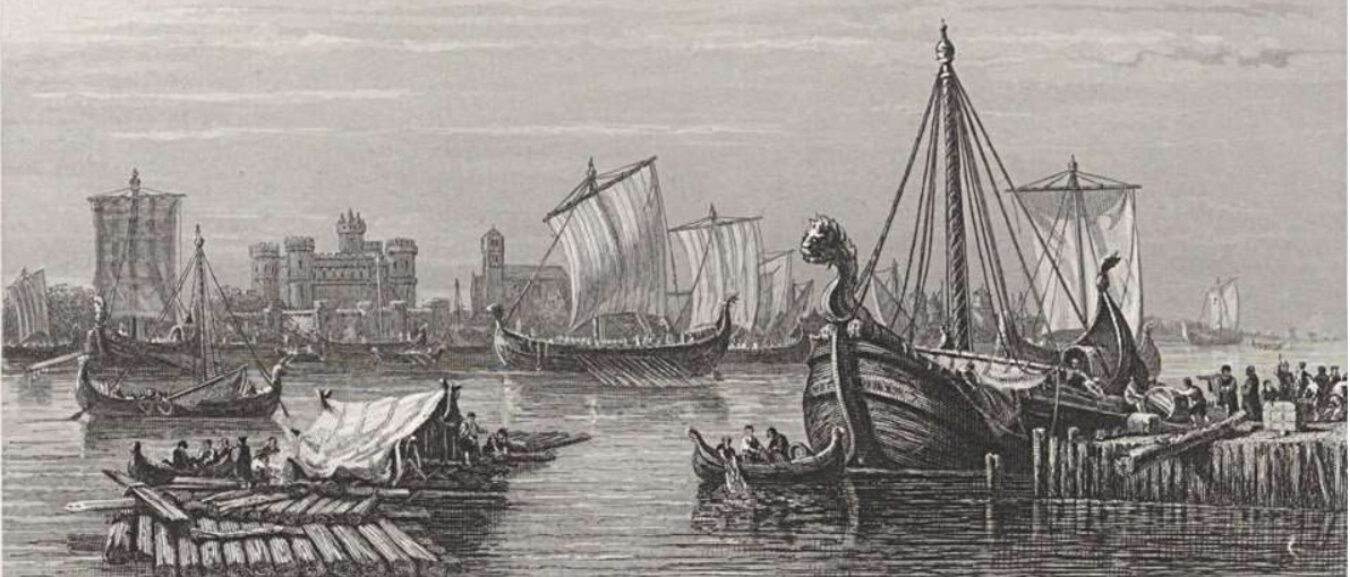“Jare Gody” is a term that is sometimes used in Slavic folklore and mythology to refer to the cycle of the seasons. In Slavic languages, “Jare Gody” literally means “years of the harvest.”
The concept of Jare Gody is closely tied to the agricultural cycle, and it is believed that each season has its own unique energy and significance. In traditional Slavic culture, the year was divided into four main seasons: spring, summer, autumn, and winter. Each season was associated with different agricultural tasks, festivals, and customs.
Spring was a time of planting and fertility, and was often associated with the goddess Lada or Vesna. Summer was a time of growth and abundance, and was associated with the sun god Dazhboh. Autumn was a time of harvest and preparation for winter, and was associated with the goddess Mokosh. Winter was a time of rest and reflection, and was often associated with the god Perun.
Throughout the year, various festivals and celebrations were held to honor the gods and goddesses of the seasons, and to ensure a bountiful harvest. These celebrations often involved feasting, dancing, singing, and other forms of communal revelry.
Overall, the concept of Jare Gody highlights the deep connection between Slavic culture and the natural world, and the importance of honoring and respecting the cycles of the seasons.

